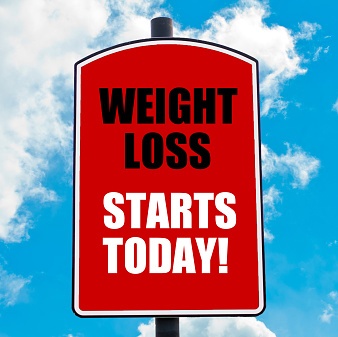 If you have read the news lately, I’m sure you have seen that the world’s obesity epidemic is most recently being blamed on sugar. This is with good reason, too. In 1922 the average American ate the amount of sugar found in one 12-ounce soda every five days. Now, that amount is consumed every seven hours. Sugar is in everything—not just baked goods and sodas, but also bread, peanut butter, soy sauce, and even hot dogs.
If you have read the news lately, I’m sure you have seen that the world’s obesity epidemic is most recently being blamed on sugar. This is with good reason, too. In 1922 the average American ate the amount of sugar found in one 12-ounce soda every five days. Now, that amount is consumed every seven hours. Sugar is in everything—not just baked goods and sodas, but also bread, peanut butter, soy sauce, and even hot dogs.
So how much should you be eating, and how do you spot what is naturally occurring, like the sugar in milk and fruit versus added sugar?
Naturally Occurring Versus Added Sugars
For the first time, the FDA is putting a number on the amount of sugar that is recommended for Americans. The goal is to keep the added sugar to no more than 10 percent of their diet. For anyone over the age of 3, that means no more than 12.5 teaspoons, or 50 grams per day.
However, if you flip over the carton of your daily Greek yogurt and see 15 grams of sugar, how much of that is added for sweetness and flavor and how much is from the lactose or milk sugar that is good for you?
Use this handy list to know how many grams are naturally occurring from either fruit sugar (fructose) in your fresh fruit, or milk sugar (lactose):
- 1 cup milk: 13 grams
- 6 oz. plain yogurt: 8 grams
- Cheese, butter, sour cream, eggs: less than 2 grams
- 1 cup fruit: 7 grams (berries) up to 17 grams (orange)
This can be confusing when just glancing at a label. In March 2014, the FDA proposed including added sugar, in grams, on food labels. Be sure to look at this new layout and be aware of your sugar intake.
How to Reduce Added Sugar in Your Diet
The easiest way to decrease the amount of added sugar in your diet is to choose more fresh foods that have not been processed or packaged. Swap the pre-made snack for a piece of fresh fruit and a handful of nuts. Take a look at your overall food consumption and find other easy swaps to help with weight loss and overall health!
***
If you are one of the 1 billion people trying to lose weight, don’t do it alone. NIFS has many options to help you reach your goals. Check out the Ramp Up to Weight Loss program and personal nutrition coaching sessions for more information.
This blog was written by Angie Mitchell, RD, Wellness Coordinator. To find out more about the NIFS bloggers, click here.


 It’s 5:00 a.m. It’s still pitch-black outside. You have a long day ahead. And the weather forecast on your phone tells you the high temperature for today will be 15 degrees? Talk about not wanting to get out from under those cozy, warm covers. Nevertheless, your day awaits, and you must get up, get going, and try not to think about taking a nap all day.
It’s 5:00 a.m. It’s still pitch-black outside. You have a long day ahead. And the weather forecast on your phone tells you the high temperature for today will be 15 degrees? Talk about not wanting to get out from under those cozy, warm covers. Nevertheless, your day awaits, and you must get up, get going, and try not to think about taking a nap all day.
 It can be hard trying to change your lifestyle or fitness on your own. It can be even harder if you don’t have support from your family and friends. You family and friends can play a key role in your fitness journey, so why not get them involved and gain their support? Including them in your journey can help your motivation and help you enjoy the path to your fitness and health goals.
It can be hard trying to change your lifestyle or fitness on your own. It can be even harder if you don’t have support from your family and friends. You family and friends can play a key role in your fitness journey, so why not get them involved and gain their support? Including them in your journey can help your motivation and help you enjoy the path to your fitness and health goals. 

 As we approach
As we approach 
 One of my main rules of thumb when helping clients with their food and nutrition choices is to choose more real foods. So why is it that when you are training or working out for over an hour, you hear about the importance of sugary and packaged drinks, gels, and bars?
One of my main rules of thumb when helping clients with their food and nutrition choices is to choose more real foods. So why is it that when you are training or working out for over an hour, you hear about the importance of sugary and packaged drinks, gels, and bars?  Weight loss tends to be one of the most controversial topics talked about, but I want to take a positive approach. With the new year right here, weight loss tops the list of many people’s New Year’s resolutions.
Weight loss tends to be one of the most controversial topics talked about, but I want to take a positive approach. With the new year right here, weight loss tops the list of many people’s New Year’s resolutions. 
